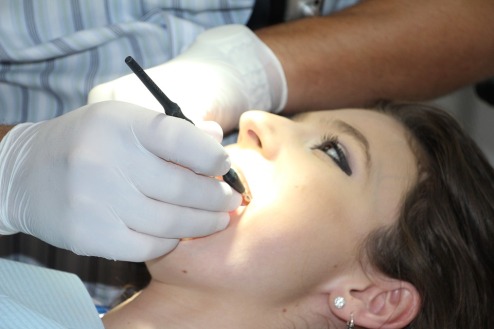A root canal is an anatomic space inside the root of a tooth. Part of a naturally existing area within a tooth, it consists of the pulp chamber. When this pulp within the tooth becomes infected, it leads to intensifying pain.To relieve this pain, eliminate the infection and protect the decontaminated tooth from further microbial invasion the root canal therapy is carried out. It is an alternative to extraction (surgically removed). It is also known as endodontic therapy.

Myths surrounding Root Canal therapy
Root Canal Therapy is considered painful, but in reality, it is a procedure to stop an agonizing toothache. People think that it is a rare treatment suggested by the dentist but in fact, this therapy has become very common and can bring relief in three sittings with the dentist.
It is also believed that root canal therapy is expensive. But this treatment is cost-effective compared to extraction followed by replacement by crown or bridge.
When do we need root canal therapy?
Sometimes there are no symptoms that we need a root canal therapy. But usually, a root canal treatment is necessary when there is a severe pain while chewing, prolonged sensitivity to heat or cold, or darkening of the tooth. Swelling and tenderness of the gums or pimples appearing on the gums. An abscess happens when the infection spreads to the roots of the tooth, affecting the bone. Along with this Swelling of the head or neck, loss of bone at the root of the tooth and problems with drainage may occur. If there is damage to the jawbone, it could require extensive surgery.

These oral bacterial infections have been linked to more serious medical conditions such as heart disease too. The dentist will perform an x-ray of the tooth to determine if there is any sign of infection in the surrounding bone and start the root canal treatment.
Steps Of Root Canal Therapy:
The root canal therapy has four significant steps.
- Cleaning the root canal: The core portion or the root canal of the tooth consists of nerves, blood vessels, and tissues that form the pulp. First, the dentist removes everything that is inside the root canal. He keeps the patient under local anesthesia so that they do not feel the pain. The dentist then makes a small access opening on the surface of the tooth and removes the infected and dead pulp tissue with tiny files and use sodium hypochlorite and water to clean and disinfect the root.
- Filling of the root canal: After the dentist shapes, cleans and disinfects the hollow area, using tiny files and irrigation solutions, then the dental professional fills the tooth with a sealing material, using an adhesive cement to seal the canals completely. If a person does not have the full procedure done on the same day, then the doctor will seal the hole with a temporary filling to protect it from further injury or infection. After root canal treatment the patient will no longer feel any discomfort in that tooth because the nerve tissue is removed, and the infection is eliminated. The tooth is dead.
- Medications: The dentist then prescribes a course of antibiotics to kill the remaining bacteria and eliminate infections.
- Add a crown: The tooth becomes more fragile after the filling as the tooth has no pulp. The tooth must receive its nutrients from the ligament that attaches the tooth to the bone. This supply is enough, but the tooth can become brittle. Therefore, a crown or filling offers better protection. Until the crown or filling is finished, the patient must be careful and should not chew or bite on the tooth. Once there is a crown or filling done, the tooth is healed and can function just like before.
The number of sittings depends on the condition of the tooth. It usually takes one session, but if there are curved canals, multi-canals, or massive infections, this could take one or two additional settings.

After this therapy, if proper care of the tooth is taken then this tooth can be saved permanently and last a lifetime. If done by a competent dentist then this process can be relatively less painful. The pain is not because of the treatment but because of the infection. Dr. Chris Vinson, a Tulsa Dentist, believes that not only root canal treatment saves our tooth from extraction, but it also helps us to keep our smile beautiful, while we continue to enjoy our favorite food.
References:
